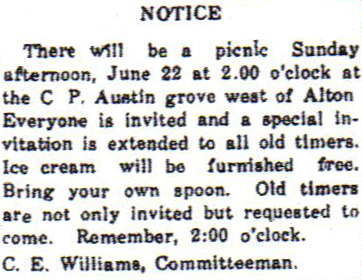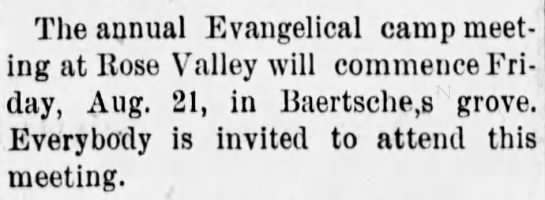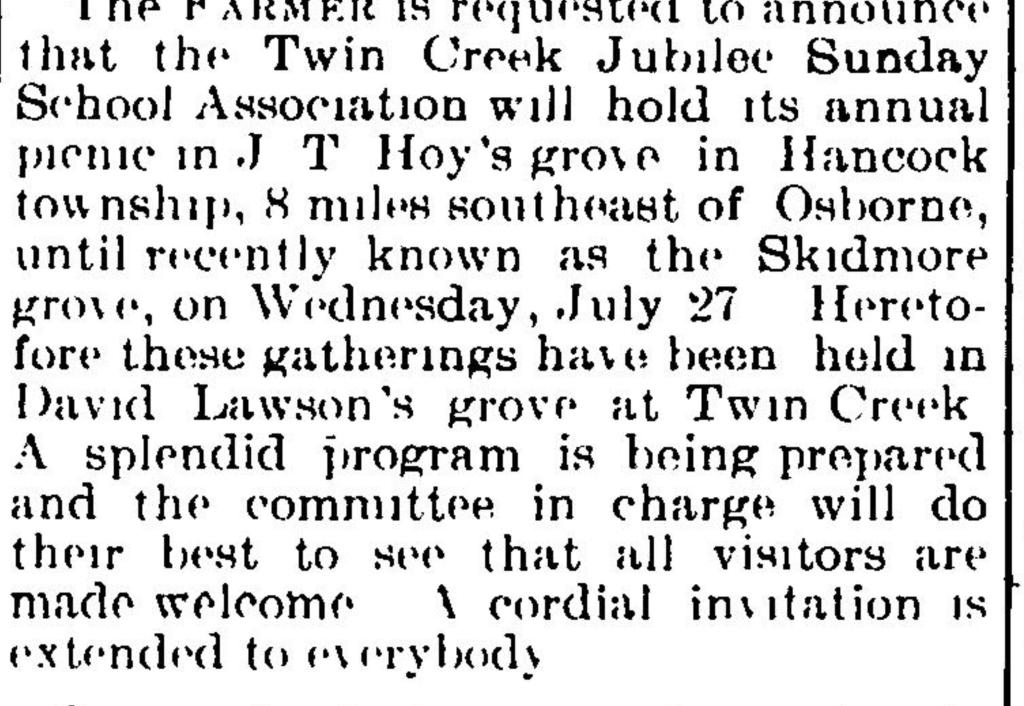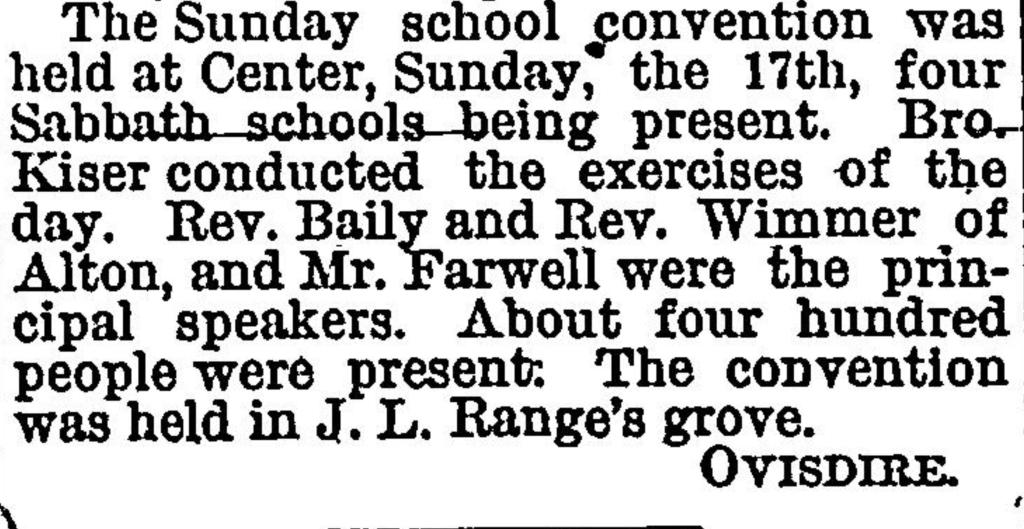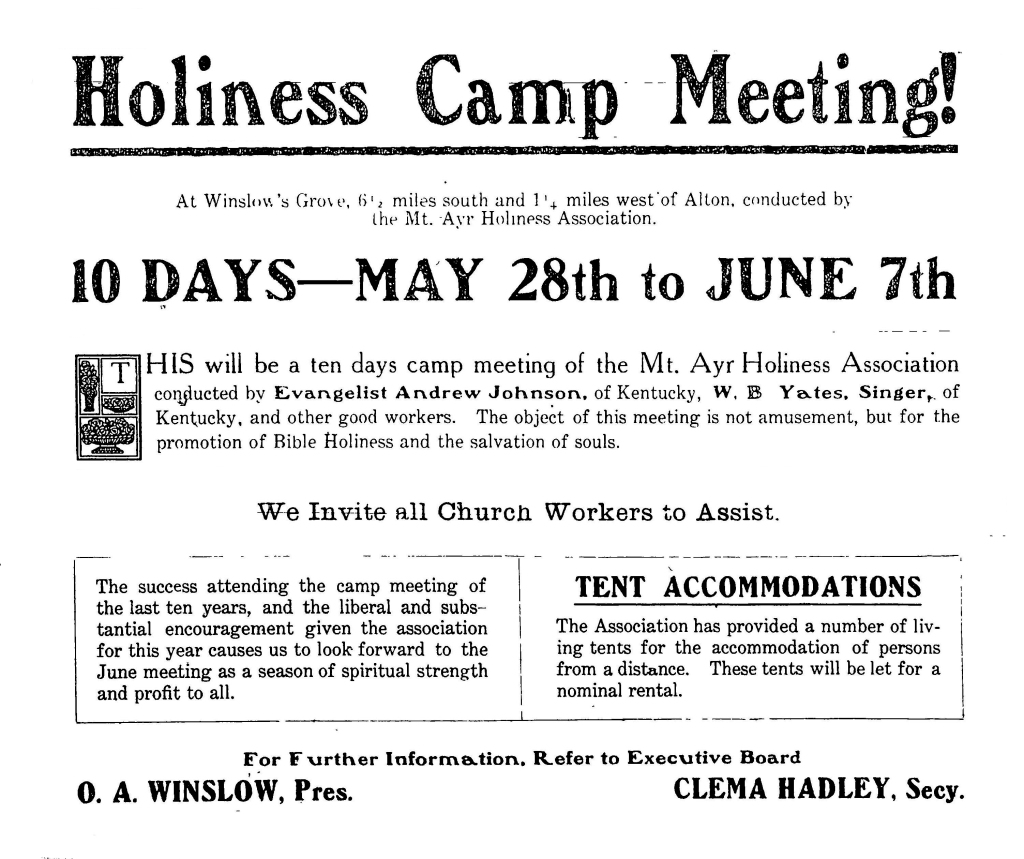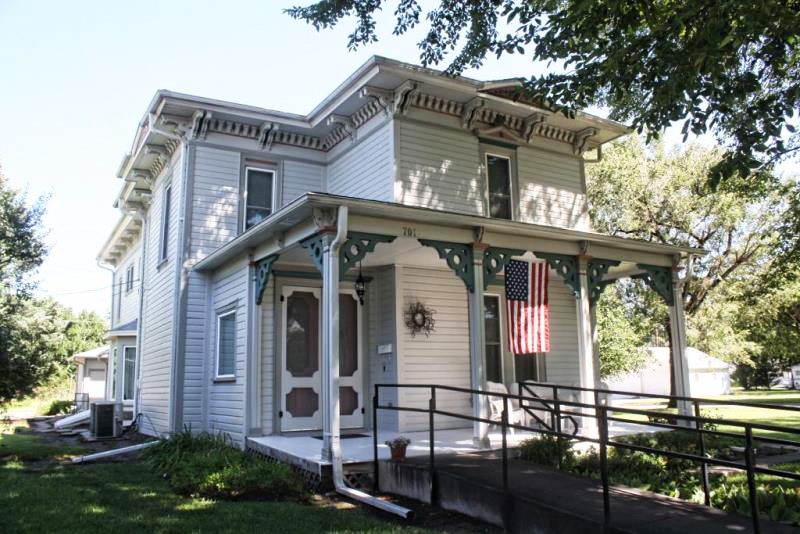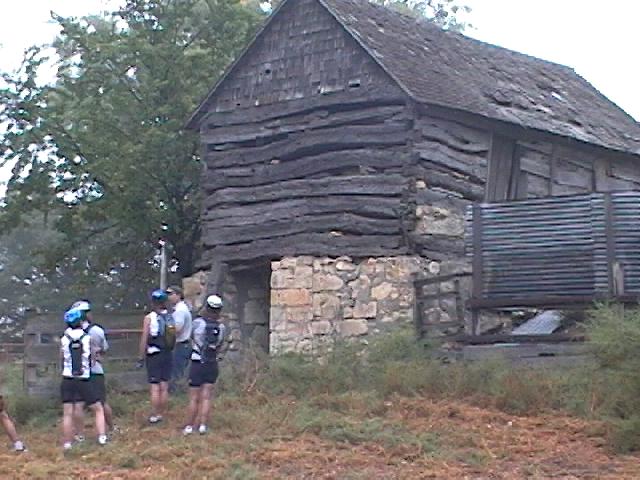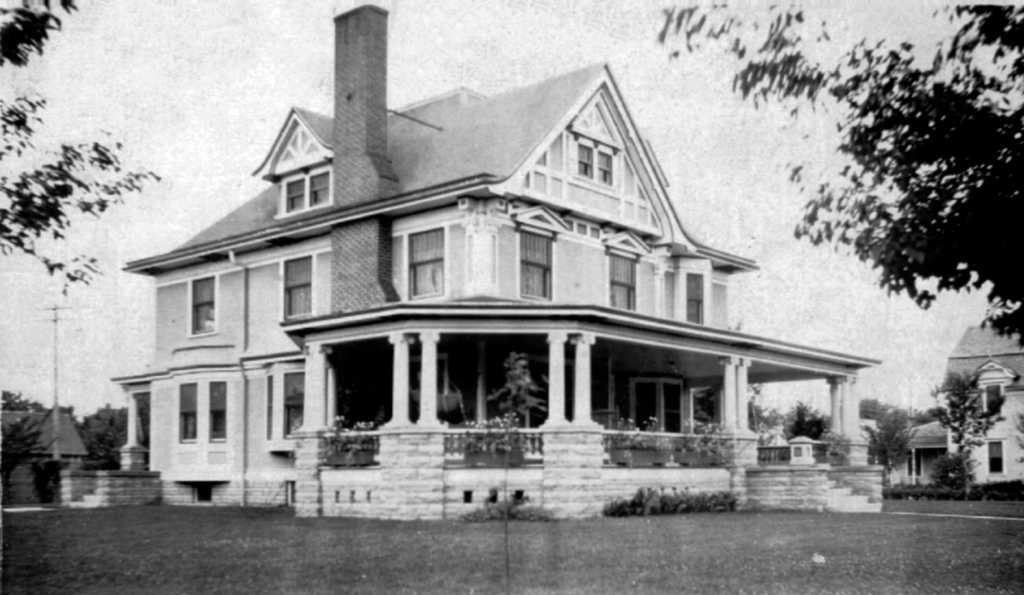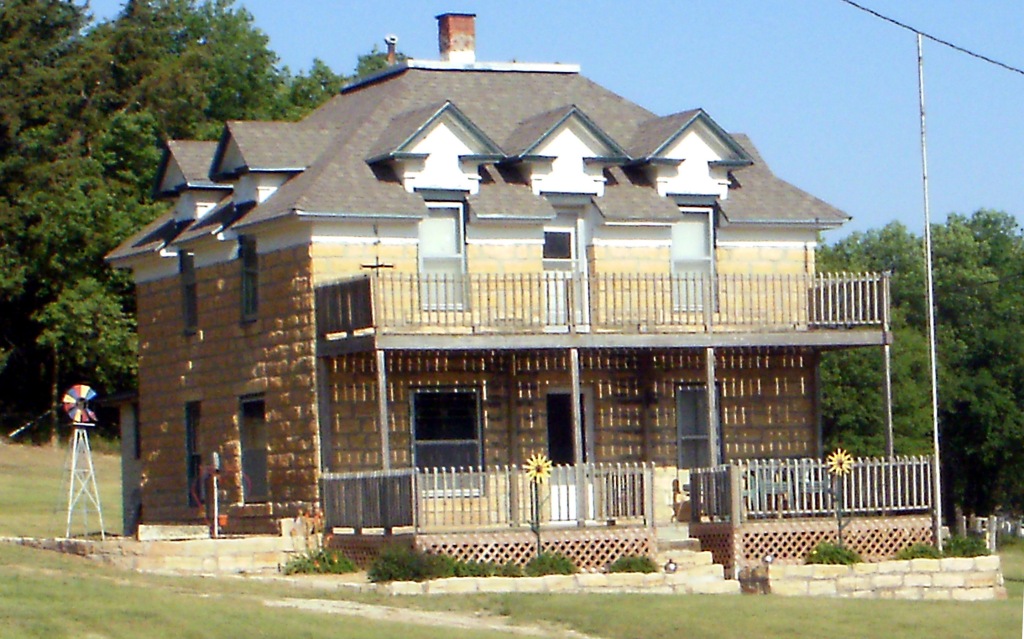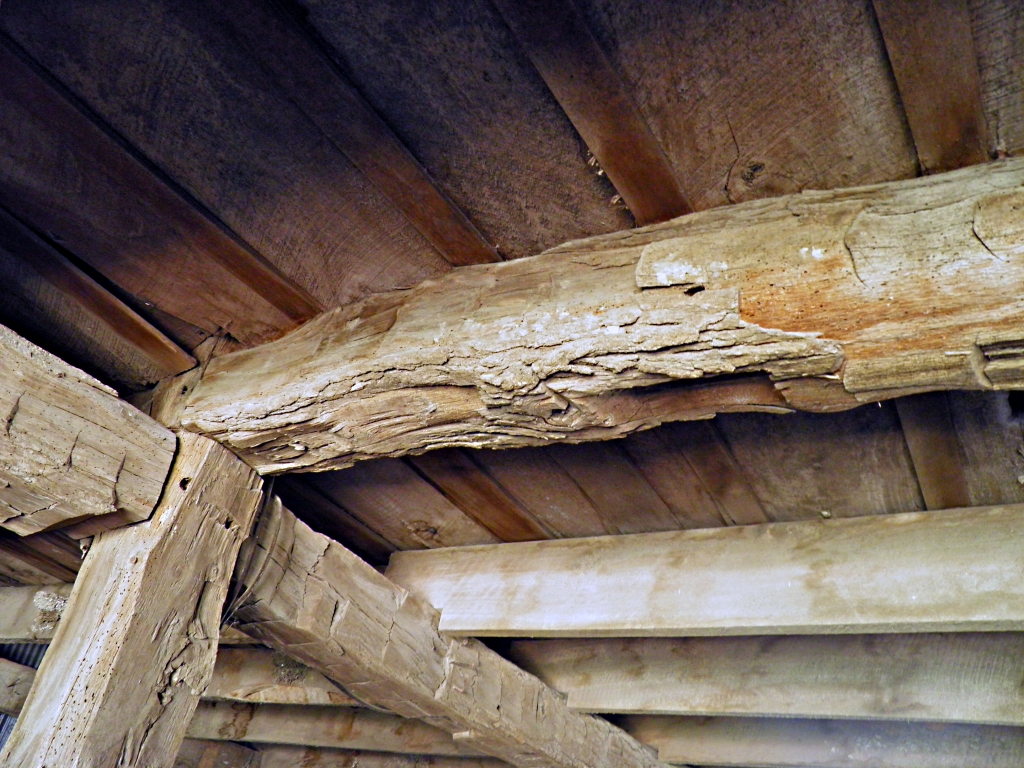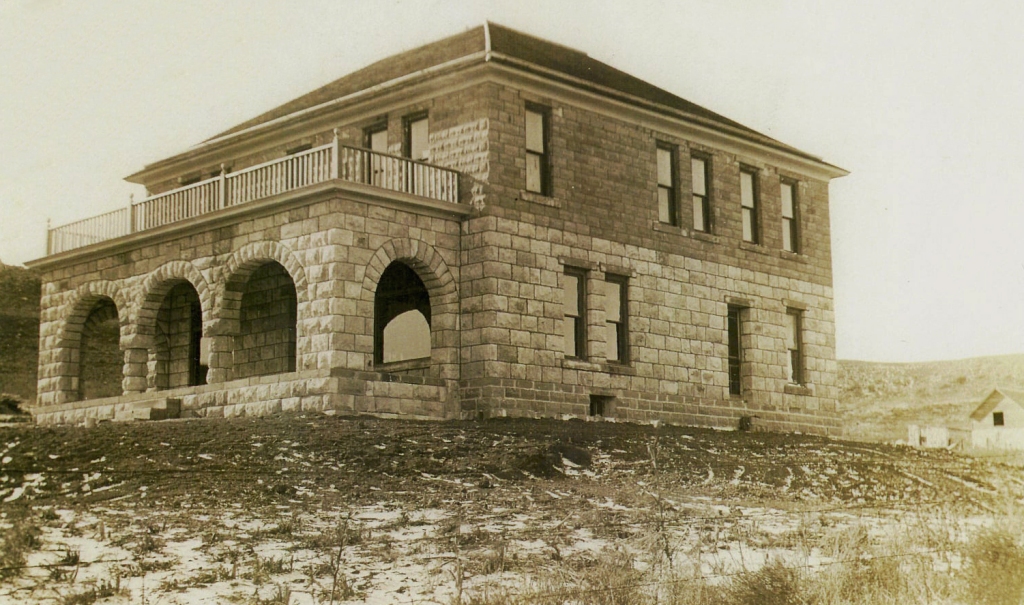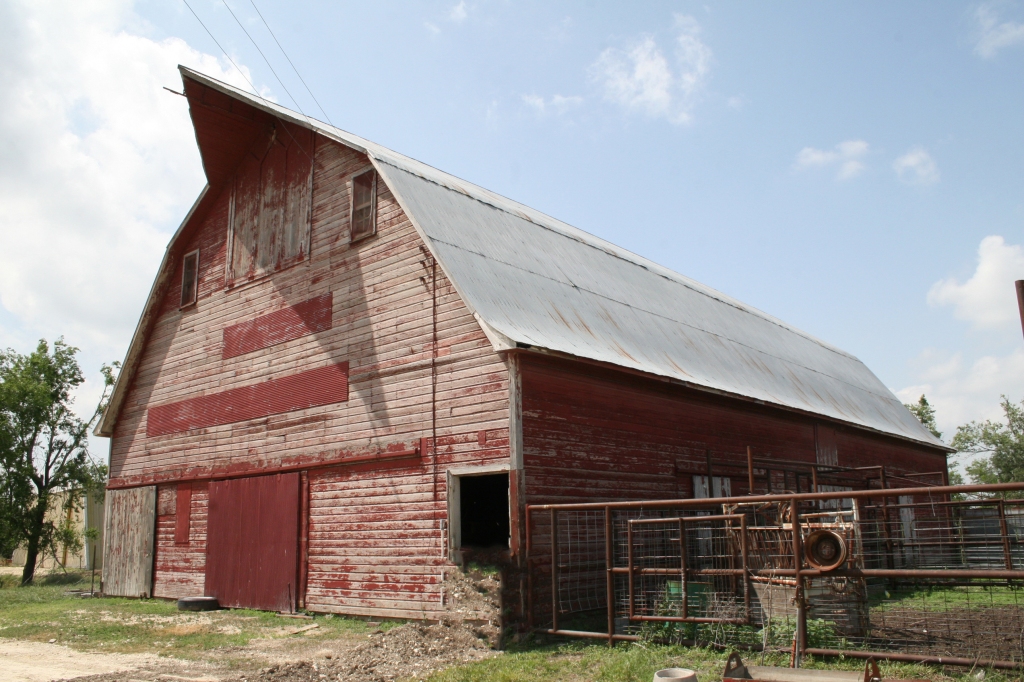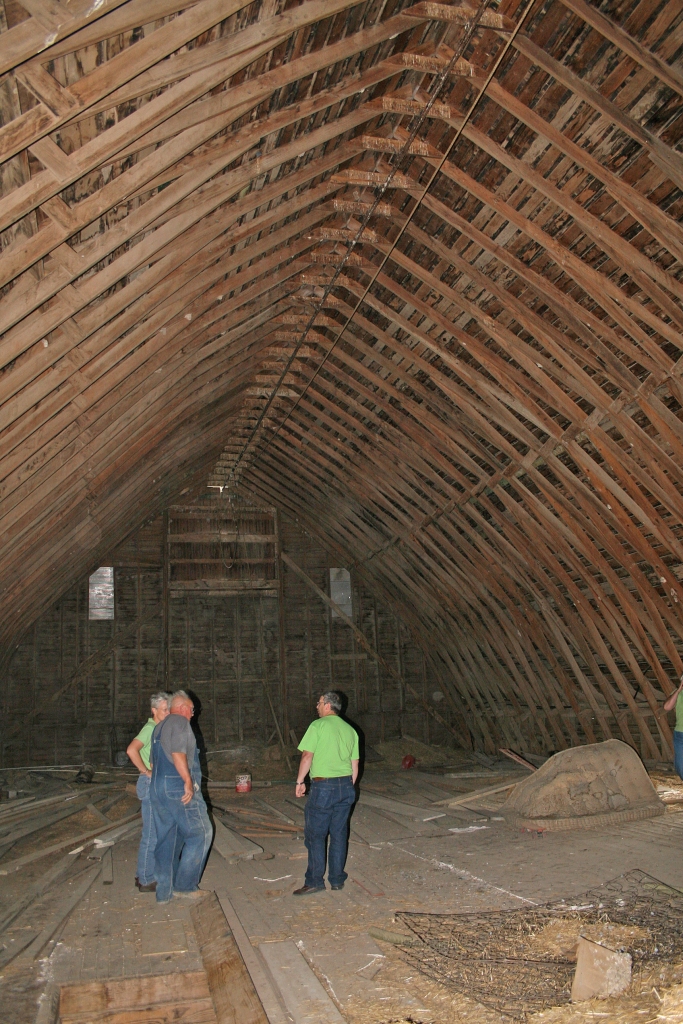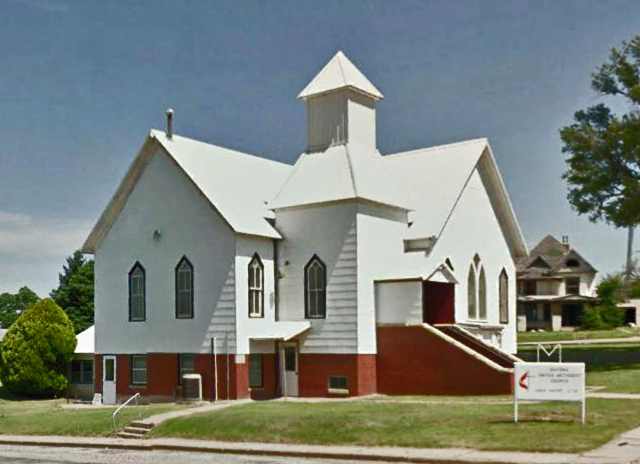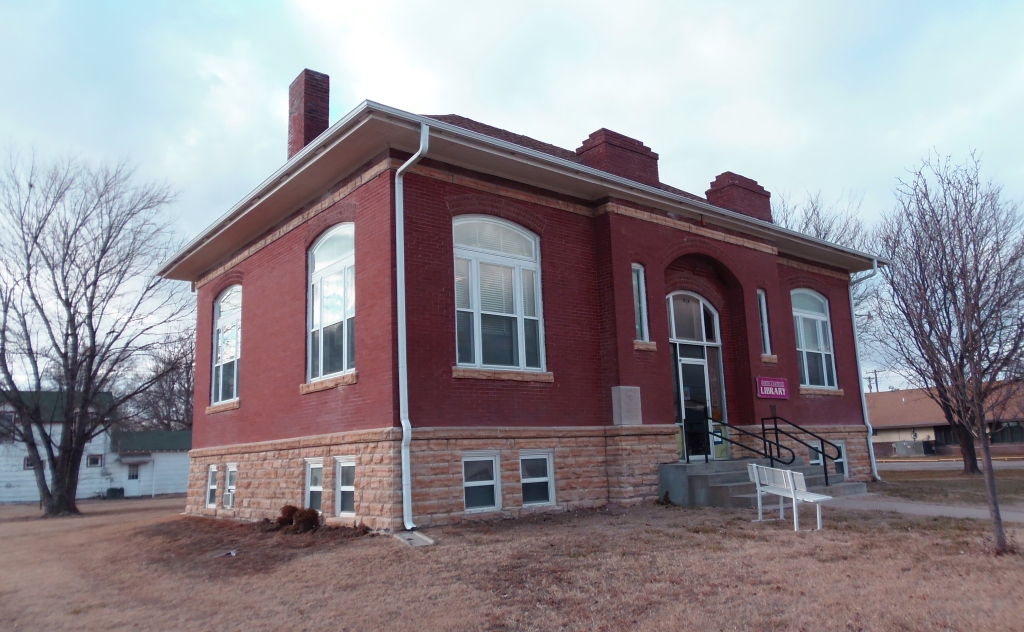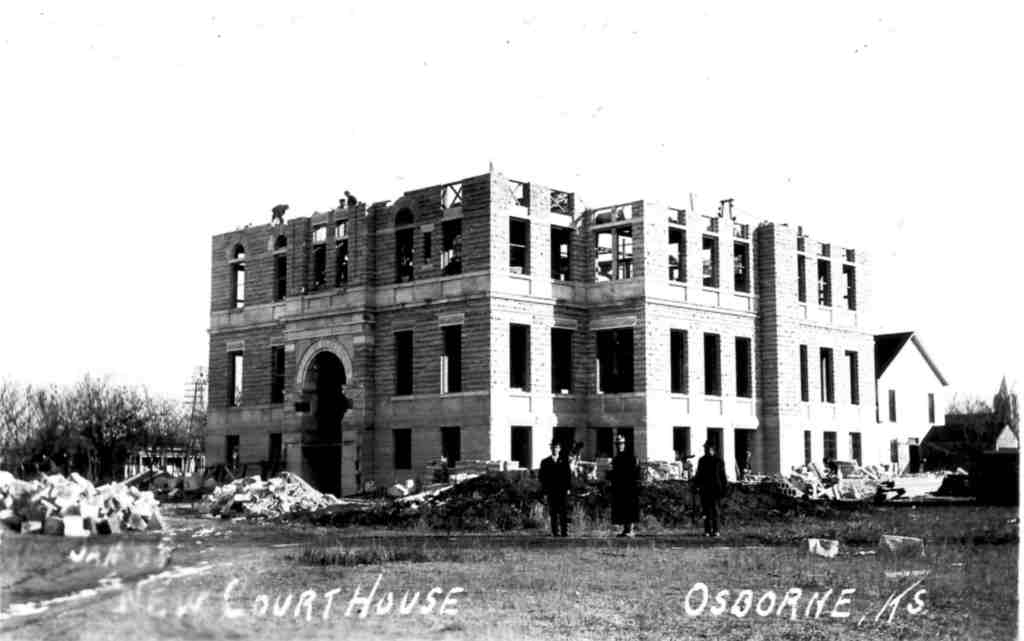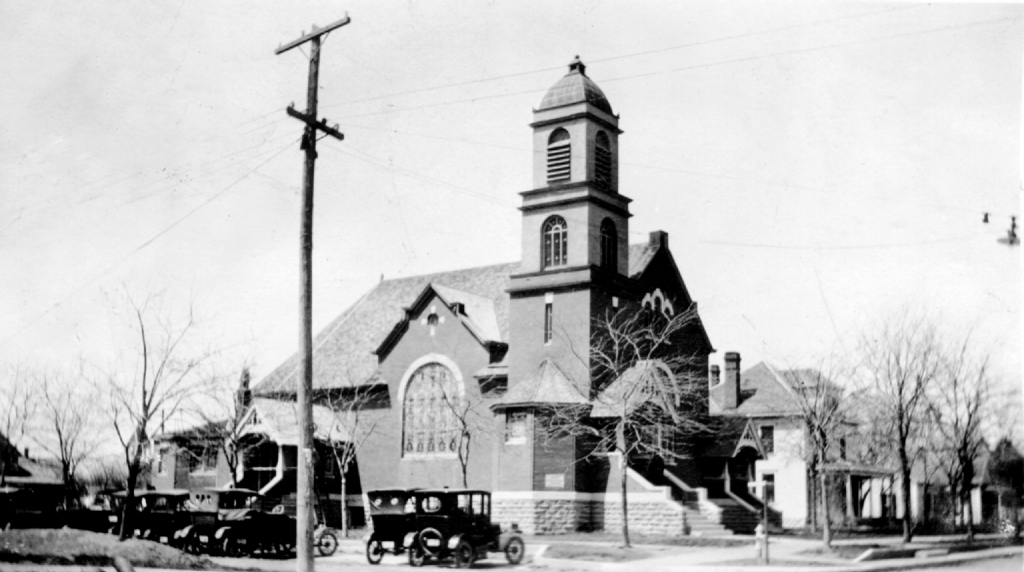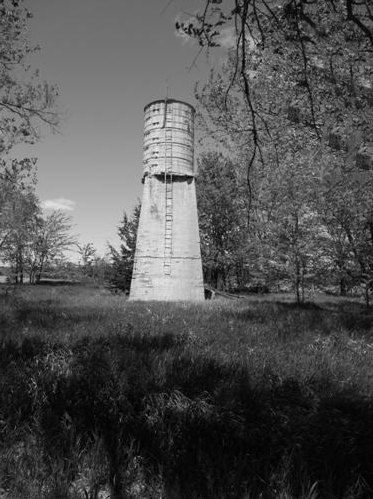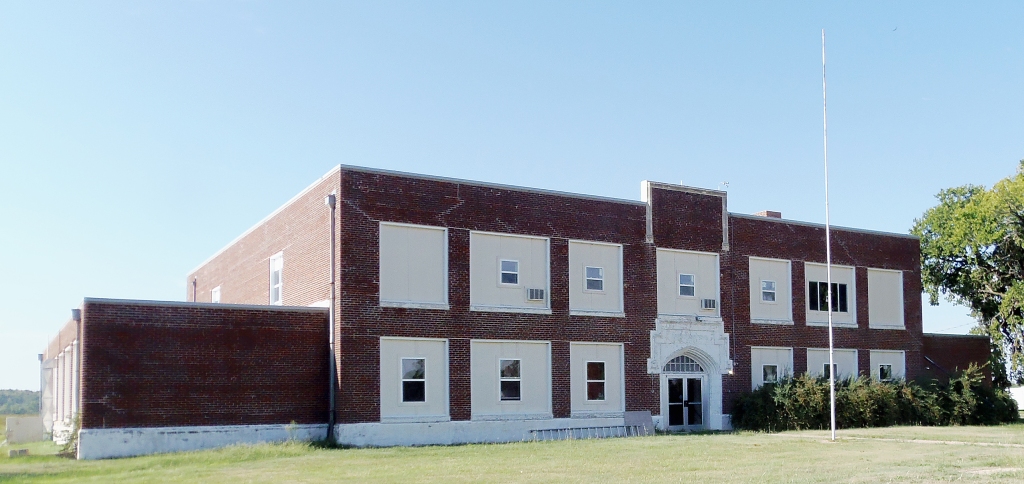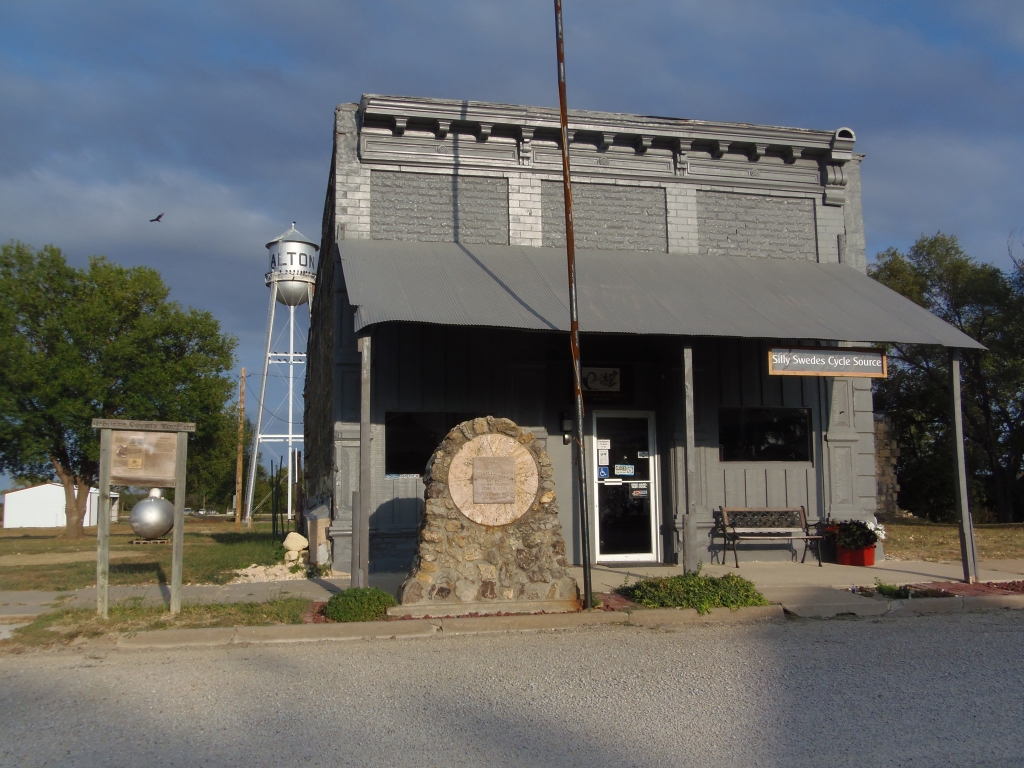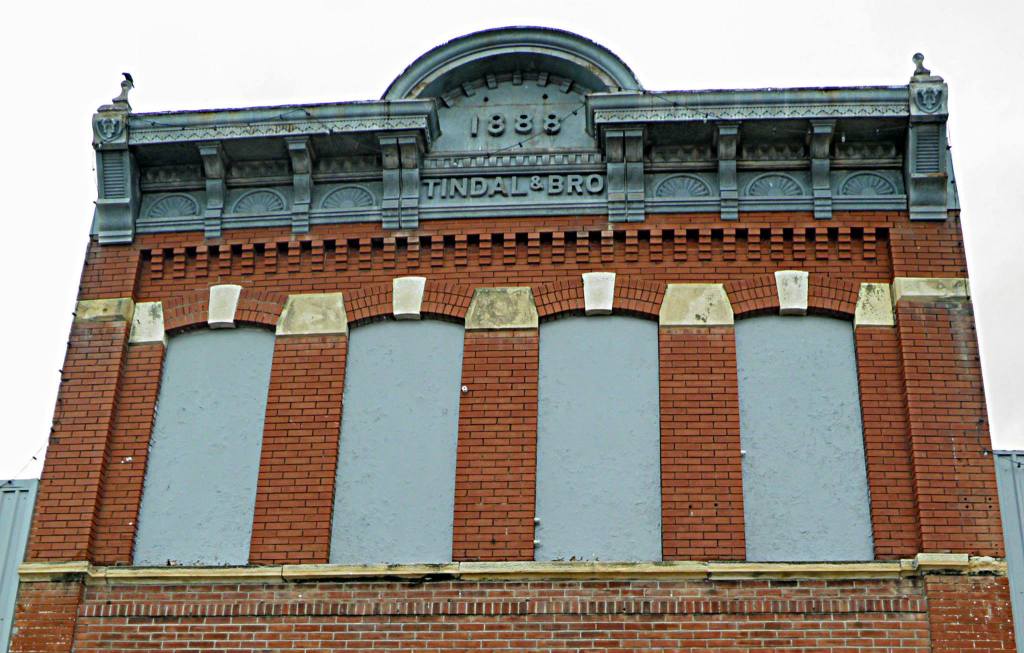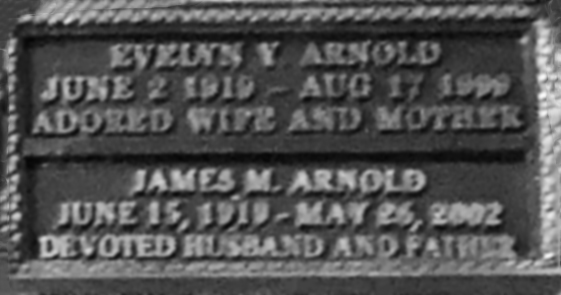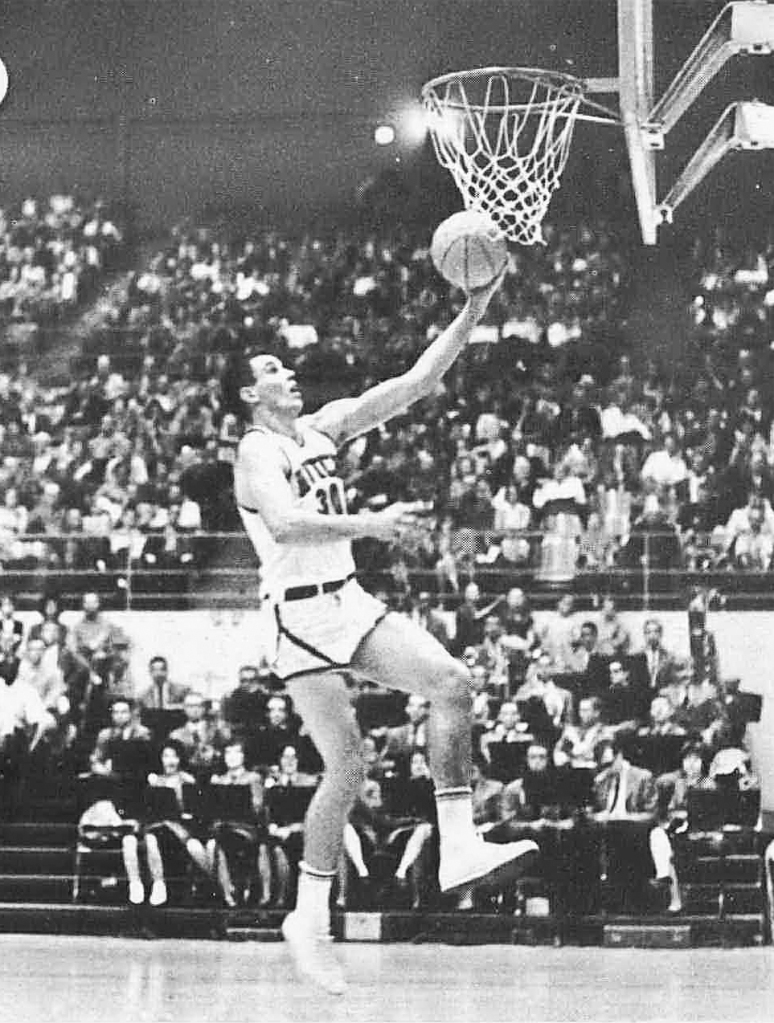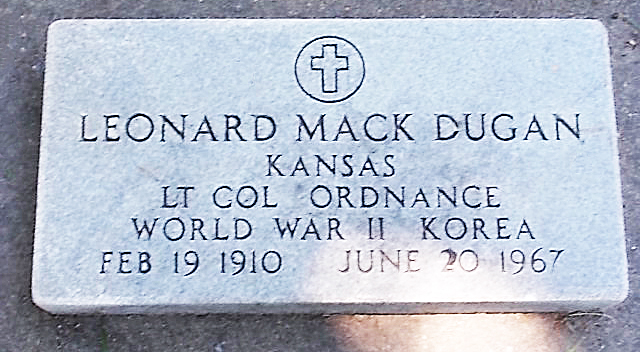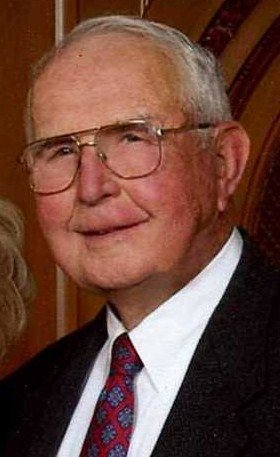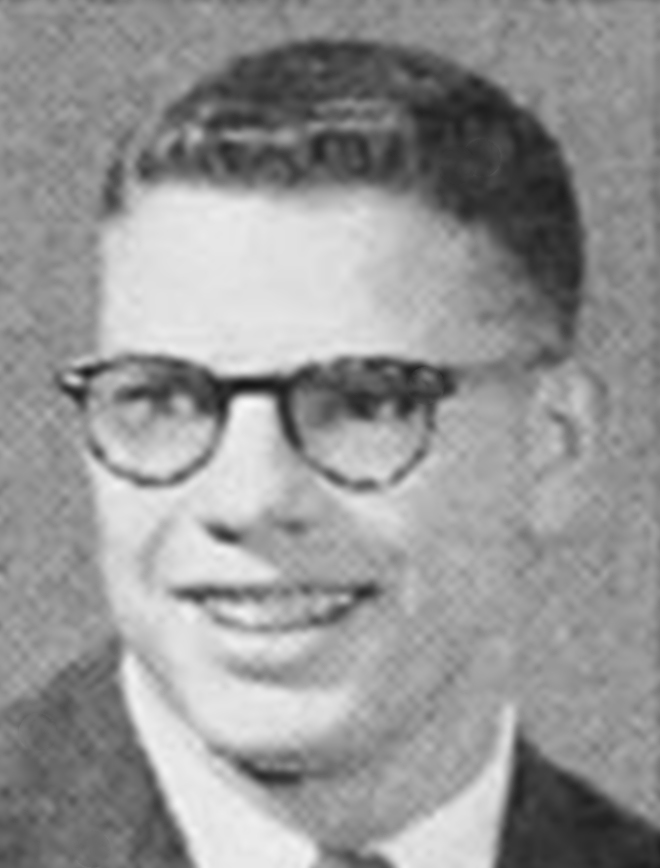Bonham, Alexander, Beck, Bennett, Bliss, Hahn, Hefley, LaRosh, Powell, Rathbun, White, and Roach. Here are 12 names from across 150 years of heritage to honor and remember, from the first homesteader in the county’s history to one of the most energetic elder farmers to ever till the soil and ride the pastures of 21st Century Osborne County.
u
Robert F. Bonham Jr. was born October 1, 1837, Findlay, Hancock County, Ohio, and was the son of Robert and Hester (Watson) Bonham. Robert was a farmer in Findlay Township who enlisted in the Civil War in 1861 in Company A, 21st Ohio Volunteer Infantry for a 3-month enlistment. When that ended Robert enlisted in Company F of the 21st Ohio Volunteer Infantry. Robert had achieved the rank of first lieutenant upon his discharge from the Union Army in 1865. In late 1869 Robert headed west and on January 8, 1870 he filed on a homestead located in the northwest quarter of Section 9, Township 6 South, Range 12 West, in what is now Bethany Township, Osborne County, Kansas. This was the first homestead ever claimed in Osborne County. Robert farmed his homestead for a decade and was elected trustee of Bethany Township in February 1880. Ill health caused him to return to Ohio, where he died in Findlay, Hancock County, Ohio on March 10, 1881. Robert Bonham, Jr. was laid to rest in Maple Grove Cemetery at Findlay, Hancock, Ohio.
* * * * *
John A. Alexander was born June 14, 1837, at Connotton, Harrison County, Iowa. He received his education at Hagertown Academy, a Presbyterian school in Hagertown, Ohio, specializing in mathematics. Following the completion of his college course Mr. Alexander taught several terms of school near his hometown. At quite an early age he moved to VanWert, Ohio, at which place he, in company with his brother, Col. I. N. Alexander, and G. M. Saltzgaber, assumed the management of the Van Wert American newspaper. John remained with this paper but a short time, removing to Ottumwa, Iowa, where he resided several years. At that place he engaged in his old profession, that of teaching. In 1871 he moved to Kansas and located in Ottawa County, where he taught one term of school, his twelfth and last term. In 1873 he moved to Osborne County and homesteaded a farm in southern Bethany Township. In November 1874 John was elected Osborne County Probate Judge, being the second man to hold that office by reason of election. As probate judge he made proof for the benefit of the settlers under the United States Townsite Act for the city of Osborne and afterwards executed deeds to the occupants. In 1874 and again in 1875 John had charge of the distribution of supplies shipped to Osborne County during the grasshopper year and he won much praise for his handling of the situation. Then for several years afterwards John was a justice of the peace. He was married to Anna Wenzler on June 12, 1881, and to this union were born three daughters. Over the years John became known far and wide for his fine fruit orchards, in which he raised, among other fruit, eight kinds of apples: Ben Davis; Swaar; Dominie; Winesap; English Golden Russet; Lawyer; Missouri Pippin; and White Winter Pearmain. After an illness of about one week John A. Alexander passed away in Downs, Kansas on February 13, 1914. He was buried in Bethany Center Cemetery near his old homestead in Bethany Township.
* * * * *
John Lawrence Beck was born on May 16, 1852, in Nuremburg, Bavaria, Germany. At the age of 16 he arrived in America in 1868 with only 25 cents in his pocket. He then left New York for Texas. In 1869 he helped to herd 2,000 head of Texas cattle north to what is now Jackson Township, Osborne County, Kansas. As he was only age 17, he could not claim a homestead and went back to Texas. In 1871 John married Nancy T. Harmon in Jack County, Texas. In 1882 the Becks moved to Lincoln, Nebraska, then two years later to Bloom Township, Osborne County, Kansas. John became a naturalized citizen in 1892. That same year he bought a farm in Tilden Township, Osborne County and lived there the rest of his life. He served on district school board and was active in community affairs. John Lawrence Beck died on in Osborne, Kansas on January 5, 1933 in Osborne, Kansas, and was laid to rest in the Osborne Cemetery. His grave is marked only with a temporary marker.
* * * * *
Walter Winslow Bennett was the son of John and Mary Bennett. He was born on July 7, 1837, at Sherbourne, Dorsetshire, England. Walter was baptized on March 27, 1841. On September 20, 1850, he arrived with his family in New York at age 12 from London aboard the ship Mayflower. They settled in Whiteside County, Illinois. Ten years later Walter was living at Dixon, Lee County, Illinois. In 1864 he married Elizabeth “Libbie” Becker and with her raised two sons and a daughter. By 1868 the Bennetts were living in Chicago, Illinois. On or about July 29, 1870 Walter claimed a homestead in Manning Township, Mitchell County, Kansas – the then legal name for Osborne County, Kansas. His homestead was located in what later became Penn Township. In March 1872 Walter was elected president and Milton Reasoner secretary of the Arlington Town Company, one of the cities vying to be named Osborne County Seat. Eventually Osborne City was chosen the permanent county seat, and for the next eight years Walter farmed the homestead and taught in School District #9, Osborne. In October 1880 Walter moved his family back to Chicago. By 1900 Walter was living in Highland, Greene County, Iowa. He died on October 9, 1916 at Gillespie, Macoupin County, Illinois.
* * * * *
Chauncey Merrick Bliss was the son of Nathaniel and Elizabeth (Spoor) Bliss and was born in Monroe County, New York, on June 12, 1823. In 1846 he removed to Wisconsin, where he married Caroline Campbell on January 24, 1853 at Cottage Grove, Dane County, Wisconsin. On May 16, 1870 the Chauncey Bliss family, the Leaver family, Jeff Durfey, and Amos Vandenburg all left Wisconsin. They were joined by the John Kaser family and the group arrived at the future townsite of Osborne City, Kansas around the first of August 1870. They moved up the Covert Creek valley and selected homesteads in what later became Independence Township, Osborne County, Kansas. “Uncle Chauncey,” as he was familiarly called by almost everybody who knew him, was a kind-hearted and unselfish man who lived an honorable life and was generous to a fault. He farmed the homestead for twenty years until a paralysis seized him. Chauncey passed away on June 12, 1894 and he was laid to rest in the Bristow Cemetery.
* * * * *
Joseph W. Hahn was born in Montgomery County, Indiana, on August 18, 1835. Later that year his family moved first to Illinois, and then to Lynn County, Iowa, where he grew to adulthood. At age 22 Joseph settled in Mills County, Iowa. He soon made a journey to Pike’s Peak in Colorado Territory and had several adventures. Afterward Joseph claimed that Hahn’s Peak in northern Colorado was named after him, though that proved to be a tall tale. Upon his return from this trip West he met and married Susan E. Slater on September 25, 1859, in Marshall County, Kansas. In 1862 Joseph moved his family back to Mills County, Iowa, and then again to Lynn County. In 1867 the Hahns moved to Jasper County, Iowa, but after Joseph went up against a band of horse thieves he feared for the safety of his family, so they made the journey in 1872 to Osborne County, Kansas, They settled on a homestead in Tilden Township and through his eleven children Joseph became the patriarch of one of the largest families in Osborne County history. Joseph built the first schoolhouse in Tilden Township and dealt with Indians, blizzards, wildfires, and other incidents throughout his life, all the while enlarging his land holdings by purchasing several hundred more acres of farmland in the area. He died of tetanus on September 9, 1902 and was laid to rest in the Bloomington Cemetery.
* * * * *
Arthur W. Hefley was born February 18, 1858 in Hillsboro, Montgomery County, Illinois. He was the son of Whitson and Elizabeth (Eckler) Hefley. Arthur moved with his parents to Osborne County, Kansas in November 1873. In time he filed for his own homestead in Ross Township. He married Susanna Kaup on February 12, 1882, and they became the parents of five children. Arthur was considered to be an exceptional farmer and was active in public affairs. He served as secretary for the Clydesdale and Percheron Horse Company in the 1880s. In 1898 Arthur was elected Osborne County State Representative to the Kansas legislature, where he served two terms. In 1901 he was appointed by President William McKinley to the Board of Townsite Commissioners and Appraisers of the Chickasaw Nation in the Indian Territory. Arthur was a director of the Downs National Bank for several years and from 1925 to 1932 he served four terms as Osborne County Probate Judge. Arthur died on August 2, 1941 in Beloit, Kansas, and lies buried in the Downs Cemetery at Downs, Kansas.
* * * * *
Moses D. LaRosh was the son of Jonas and Amelia (Dunkleberg) LaRosh. He was born April 7, 1848 in Lockport, New York, and grew up on his parents’ homestead near Pekin, Illinois. When a boy his mother died, and Moses went to live with his Aunt Caroline Towne’s family. He moved with them in 1865 to Iowa before he struck out on his own, arriving in Osborne County, Kansas in 1871. Moses homesteaded in southern Kill Creek Township but soon needed other work to supplement his income. Together with his brothers, John and Frank, Moses journeyed to Colorado, where they freighted supplies into the Georgetown and Grand Lake areas. They then established a general store in the mining town of Nora, just outside of Georgetown, as well as working as lumberjacks. In the late 1870s Moses backed an attempt to start a new town called Morrisville near the Covert post office in Covert Township, but that venture ultimately failed. After spending several years splitting his time between the homestead in Kansas and working in Colorado, Moses eventually settled back down to farming. On February 27, 1889 Moses married Nellie Fitzgerald and had six children. Moses built his homestead into a large ranch on which he maintained a cattle herd descended from the original nine cows he had arrived with in 1871. In 1926 he spearheaded the Osborne County Memorial Tree Park, a project in which 112 living trees were planted on the Osborne County Courthouse grounds, each dedicated to the memory of an early county settler. Moses died May 16, 1937 in Osborne, Kansas and lies buried in the Osborne Cemetery.
* * * * *
Edwin Reuben Powell was born in Windham Centre, Norfolk County, Ontario, Canada on March 5, 1838, the son of Isaac B. and Cyrena (Boughner) Powell. He was born and raised in Simcoe, Ontario. Edwin enlisted when the Fenwick Rifles were organized in 1861, and later that year he enlisted in the Seventh Michigan Regiment, soon a part of the Army of the Potomac, and took part in the Civil War battles of Fredericksburg, the Wilderness, Antietam, Gettysburg and Cold Harbor. He was taken prisoner and at first was held at the Confederate Libby Prison in Richmond, Virginia, and later transferred to Andersonville Prison in Georgia. Altogether Edwin was imprisoned for several months and never fully recovered from the ordeal. On May 17, 1871 he obtained a 160-acre homestead in Ross Township, Osborne County, Kansas, the southern area in which his homestead lay was later organized into Corinth Township. Edwin was elected the first township clerk. In 1877 he married Ellen M. Garanflo and they had two children. Failing health caused Edwin to leave the farm and remove to Downs, Kansas, where he engaged in journalistic work and insurance. In 1908 he returned to his former home of Simcoe, Ontario, where Edwin Reuben Powell died on February 24, 1917, and was laid to rest in Oakwood Cemetery at Simcoe.
* * * * *
John Pearson Rathbun was born February 28, 1829 in Newburgh, Cuyahoga County, Ohio. He was the son of Pearson and Laura (Stewart) Rathbun and a lifetime farmer. By 1850 John had moved to Portage County, Ohio, where he married Cadelia Amelia Larkcom on January 20, 1851. Cadelia died in 1858 and John married again, this time to Ellen Maria Hitchcock, on September 20, 1859. Up to 1870 the Rathbuns ran prosperous farms in both Wood and Trumbull Counties in Ohio. In the spring of 1871 John claimed a homestead in Ross Township, the southern part of which later became Corinth Township. John farmed, bought and sold sheep and cattle, and operated a sawmill and grain mill. He had the first evaporator pan and made a fine quality of sorghum. The Rathbuns were among the first to own a wheat harvester. After harvesting their own, they would cut for neighbors. They also owned a threshing machine that was horse powered originally, later going with a steam engine. After threshing season, they shelled corn. John also had a blacksmith shop necessary to keep up with all his own machinery but also did lots of blacksmithing for the whole area. John also made a living by hunting buffalo. He allowed the Omaha and Otoe Indian tribes to camp on his land and served as a sub agent on some hunting trips with them. In 1883-1884 John served as Osborne County Commissioner. His homestead was long considered to be one of the finest farms in Osborne County. John managed it for over 30 years with good health until the day he fell from a wagon and broke his leg. It never healed properly and he ended up having to have it amputated. The shock of it all was too much for John and he died on June 14, 1905 in Concordia, Kansas. John was buried in the Corinth Cemetery near his homestead.
* * * * *
Silas Eben “Eb” White was born in Salem, Massachusetts on December 11, 1847, the son of Benjamin Lovell and Lucy Ann (Wilkinson) White. When a young man Eb went to Illinois, and on December 28, 1870 he married Rosa Moorhead in LaSalle County, Illinois, and together they raised seven children. In 1878 Eb homesteaded in Round Mound Township, Osborne County, Kansas. Over the years Eb became one of the best known and respected farmers in Osborne County. For many years he was the Osborne County Farmer newspaper correspondent from Round Mound Township, using the pen name “Crispin” or “Crispen.” From December 4, 1894 to October 1904 the White farmhome was the location of the Round Mound Post Office, with Eb as postmaster. He was long a backdoor politician; his advice and counsel being much sought after by Republican Party office seekers from a wide area. For 18 years Eb was a director and vice president with the Natoma State Bank and served 15 years as secretary of the Natoma Central Telephone Company. He served as school board clerk for 50 years for Round Mound School, District #77. The anecdotes told of Eb statewide in his lifetime would indeed fill a book. “Grandpa Eb White is the pioneer settler of Osborne County. He has lived there so long that even the quails have grown familiar with his kindly ways and each evening chant: “Eb White, Eb White.” – Topeka State Journal, January 17, 1901, Page 5. Silas Eben White lived a long rewarding life on his beloved homestead. He died in Natoma, Kansas on September 28, 1929 and was laid to rest in the Natoma Cemetery. At the time of his death Eb had 25 grandchildren, 50 great-grandchildren, and one great-great grandchild to carry on his memory.
* * * * *
Clifford Eugene Roach was born January 8, 1923 in Hawkeye Township, Osborne County, Kansas. The son of Orva and Lillian (Lampman) Roach, Clifford was raised as a farmer and graduated from Harlan High School in Harlan, Kansas. He married Marcella Mans on August 17, 1950 and raised several children on their farm in a few miles south of Alton, Kansas in Sumner Township, Osborne County, Kansas. A lifelong Alton area farmer, Clifford work ethic and passion for farming were evident to all that knew him. From his perfectly straight irrigated corn rows in 1961 (long before GPS monitoring) to being the first in the Alton area to own and operate a combine corn head that same year, Clifford was often on the cutting edge of farming. What Clifford will long be remembered for, though, is his “Classic Tractor Fever” (acquired at age 73, no less!) that led from many years of antique tractor and machinery demonstrations, tractor pulls and parade entries at Alton Summer Jubilees to the area-wide plow days and the full-blown “Old Fashioned Wheat Harvests” hosted at his farm from 2006-2012. Between the ages of 73 in 1996, when Clifford’s ageless iron collection was off and running, to 91 in 2014, when it all went on the auction block, he had restored 60 plus antique tractors and numerous corresponding machines. Needless to say, Alton area farmer and ageless iron enthusiast Clifford Eugene Roach had the time of his life in his later years, especially when it came to sharing his passion for “how farming used to be.” Clifford passed away in Osborne, Kansas on June 14, 2018, and was laid to rest in the St. Aloysius Catholic Cemetery at Osborne.
* * * * *


